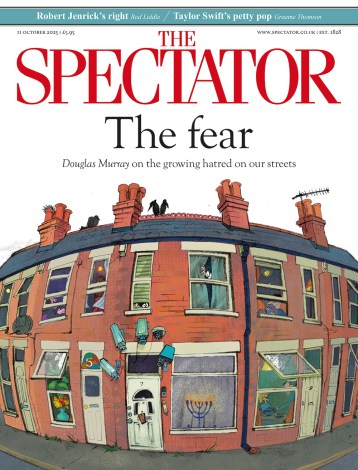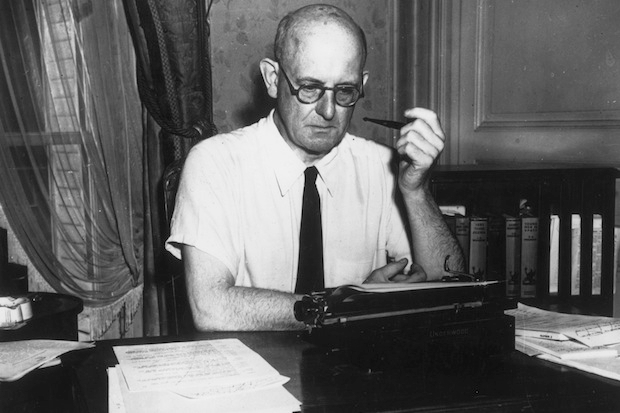In the reminiscences of Bertie Wooster we find this:
As I sat in the bathtub, soaping a meditative foot and singing, if I remember correctly, ‘Pale Hands I Loved Beside the Shalimar’, it would be deceiving my public to say that I was feeling boomps-a-daisy.
The sentence is quoted for its use of ‘meditative foot’, in the Winter 1973 issue of the learned journal Linguistic Inquiry, by Robert A. Hall in his ‘Transferred Epithet in P. G. Wodehouse’, now as well-thumbed as any article can be that is perused principally online. Stephen Fry is always citing it. Mark Forsyth, however, quotes the sentence as an example of litotes — affirming something by denying its opposite. Orwell was wary of that figure of speech, advising writers tempted by it to think of the sentence, ‘A not unblack dog was chasing a not unsmall rabbit across a not ungreen field.’ Economically, Forsyth also points out that in Bertie Wooster’s remark ‘Pale Hands’ is an example of synecdoche.
To find three rhetorical figures of speech in one sentence by Wodehouse fits our knowledge of him as a rather artificial writer. Nowadays that sounds like a pejorative categorisation, but it was not always so. In the times of Sir Thomas Browne (whom Forsyth, somewhat hyperbolically, calls ‘the first English prose writer’), to be ingenious and artificial was the bee’s knees for a writer. But for the past couple of centuries, the author explains, the intentional practice of rhetorical figures has been eschewed, partly because of the Romantic fallacy that ‘you could learn everything worth learning by gazing at a babbling mountain brook’.
The boast on the cover is, ‘How to turn the perfect English phrase’, and Forsyth admits that his book ‘is about one tiny, tiny aspect of rhetoric: the figures of speech’. Being able, like Peter Simple’s fantasy ‘apodosis turner in the conditional clause shed’, to produce a smooth example of epizeuxis or epistrophe will not, to be sure, make you Shakespeare (about whose use of figures we hear much to our advantage in this short book). But Forsyth’s chief and admirable ambition is to demolish ‘the bleak and imbecile idea that the aim of writing is to express yourself clearly in plain, simple English using as few words as possible’.
It is good news that the popular author of The Etymologicon (the ‘threepenny bit in the plum pudding’ of Christmas publishing in 2011) should now potter round the rhetorical warehouse at our elbow, commenting on the choicer goods on view, for he is well-informed and amusing. The shiniest piece of information I picked up is that, in English, adjectives go in this order:
Opinion-size-age-shape-colour-origin-material-purpose-noun. So you can have a lovely little old rectangular green French silver whittling knife. But if you mess with that word order in the slightest you’ll sound like a maniac.
This knowledge is implicitly mastered by all native speakers; to see it made explicit is an enjoyable revelation, like learning to carry a tray on the flat of your hand.
Forsyth concedes that zeugma is seldom useful, isocolon can sound silly and syllepsis show-offy, and he struggles to find good examples in English of enallage. Even the name sounds to me like either an allergy or analogy, so that to refer to it in speech is likely to meet the response: ‘What?’ It means a deliberate use of a grammatical error.
Is there a word for deliberate misquotation? Perhaps the examples here are not deliberate, but Wordsworth did not write ‘A host of dancing daffodils’. The Three
Musketeers’ motto was not, ‘One for all and all for one’ (the name of a recent dubstep number by Razihel and Virtual Riot), but, ‘All for one, one for all’ (Tous pour un, un pour tous), though it does remain an example of chiasmus. Nor did Blake write, ‘And was the countenance divine / On England’s pleasant pastures seen?’ And who told Mark Forsyth that an ell was an old measure of 1.1 miles?
I hope the publishers, having let those through, will mend them in the many future printings the book deserves.






Comments